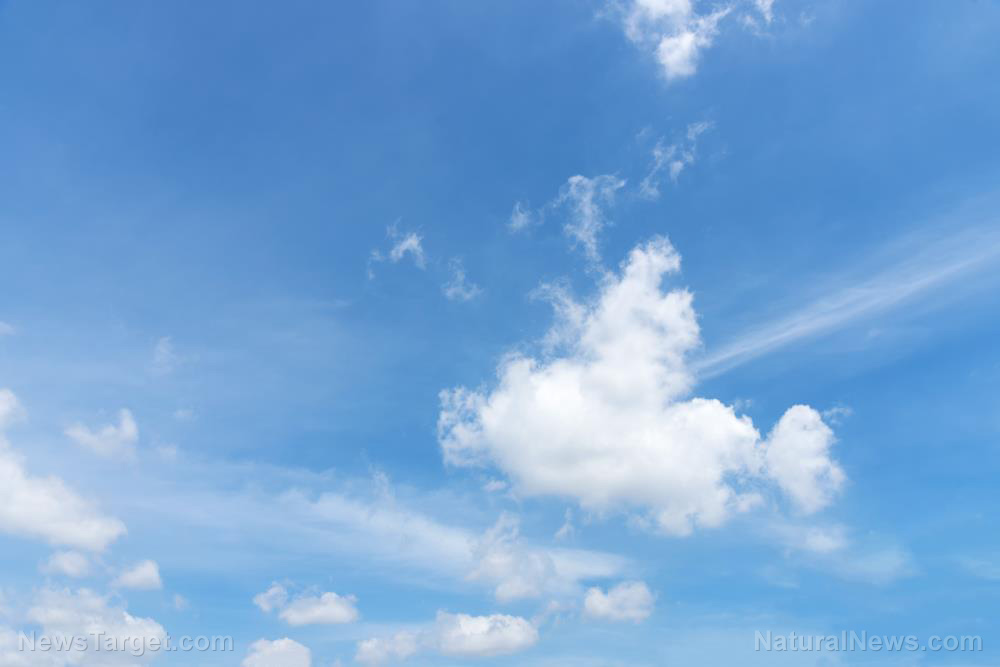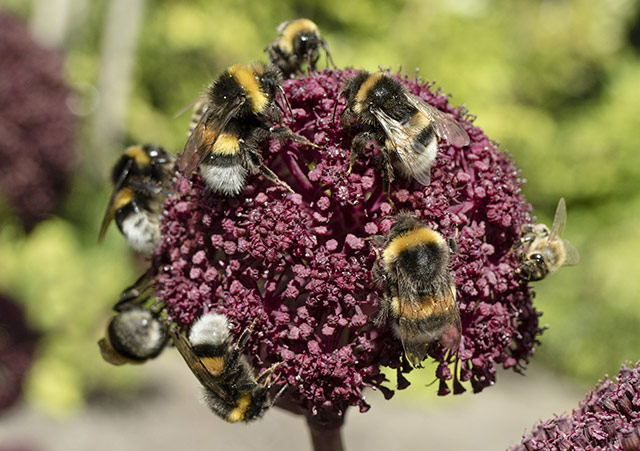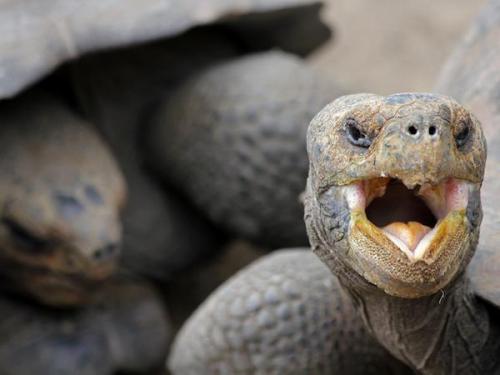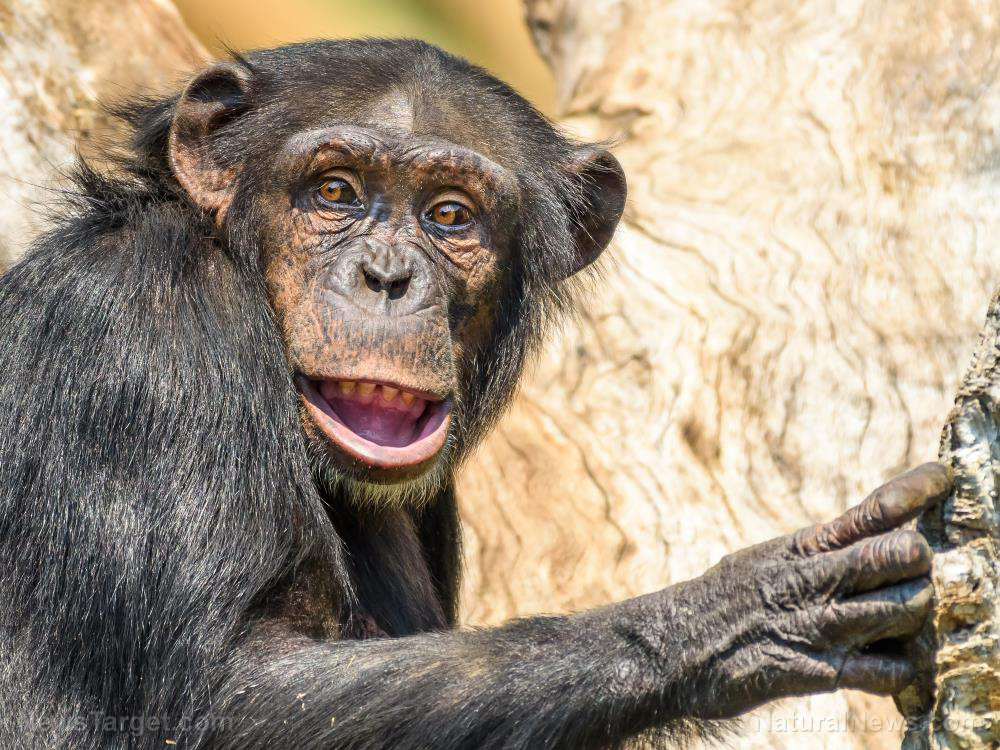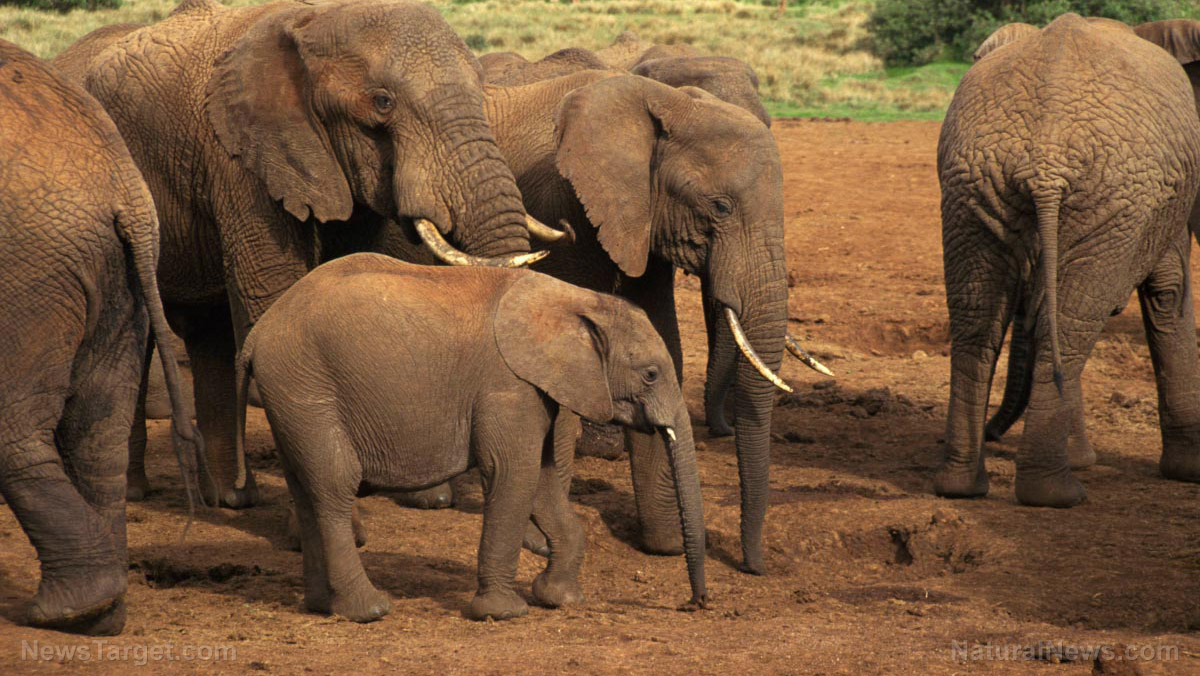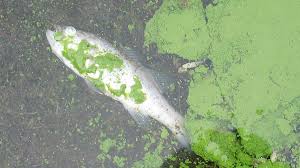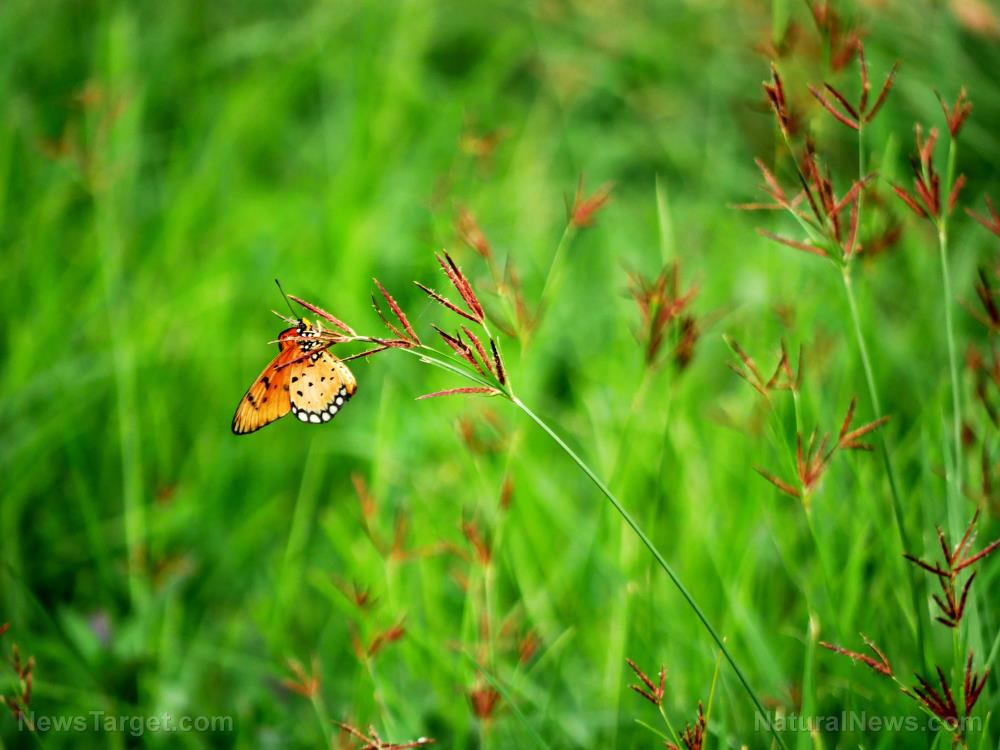A volcanic eruption in 1815 blocked the sun for a full year, causing global crop failures and famine… and it could happen again
09/04/2019 / By Isabelle Z.

As welcome as the fall weather can be when it finally sets in, it’s hard to imagine life without summer, yet that’s exactly what happened back in 1816 – and it could happen again.
That year, spring came like it always did, but what followed was a lot closer to winter than summer. Cold temperatures set in, and the sky over many parts of the world was permanently overcast. In the U.S., England, Ireland, France, and other places, the lack of sunlight led to major crop losses and food shortages.
The conditions were baffling at the time, but we now know that the chain of events was set off by the biggest volcanic eruption the world had ever seen one year earlier at Mount Tambora in Indonesia. A hundred times stronger than the eruption at Mount St. Helens in 1980, it killed at least 71,000 people. The millions of tons of ash, sulfur dioxide and dust the eruption spewed into the atmosphere caused global temperatures to fall by as much as 3 degrees.
New England saw heavy snow in June, with drifts as high as 20 inches, while herbs and vegetables died out because of ice in Philadelphia. Frozen birds reportedly dropped into Canadian streets, while lambs succumbed to exposure. Food riots hit Europe.
Food shortages weren’t the only problem; there were also outbreaks of diseases including a typhoid epidemic and mass migration as people sought better living conditions. The disconcerting nature of the sudden shift also led to religious revivals, and the gloomy conditions inspired works of art like the horror novel Frankenstein.
It could happen again
The so-called Year Without Summer might be pretty far behind us now, but we could well experience something like this again. After all, volcanoes like Tambora are known for erupting without warning, and there’s no way to guess just how powerful they will be. It is quite possible a new eruption could change the climate once again and put an end to the conditions we normally associate with summer – or worse.
Although eruptions like the one at Tambora are believed to happen roughly once every thousand years, smaller eruptions and other events can still have a big impact on the climate. For example, the 1883 eruption at Krakatoa in Indonesia caused global cooling that lasted as long as five years after the fact, while the eruption of Pinatubo in the Philippines spurred a 1-degree drop in global temperatures; these eruptions happen roughly once a century.
When a strong eruption occurs, sulfur dioxide can be shot more than 10 miles over the surface of Earth into the stratosphere, where it can react with water vapor. It can reach higher than the altitude of rain, which means it can’t get washed out; instead, it hovers up there, reflecting sunlight away and causing the surface of the planet to cool for months and even years after the fact.
A catastrophic volcanic event could well put an end to millions of lives and lead to societal collapse. Scientists warn that should a similar eruption to Tambora occur today, the impact could be even more damaging given the greater population across the planet as well as the potential impact on air travel and everything that depends on it.
Places like Yellowstone are vulnerable, and although the odds are said to be low, an eruption could produce sufficient quantities of ash to cover most of the North American continent, affecting crops and polluting water supplies. While everyone is so busy worrying about “manmade” climate change, the truth is that nature could have something far worse in store for us.
Sources for this article include:
Tagged Under: climate change, climate science, cloud cover, collapse, environ, environment, extreme weather, famine, food collapse, food supply, sunlight, volcanic ash, volcanos, weather
RECENT NEWS & ARTICLES
COPYRIGHT © 2018 EXTINCTION.NEWS
All content posted on this site is protected under Free Speech. Extinction.news is not responsible for content written by contributing authors. The information on this site is provided for educational and entertainment purposes only. It is not intended as a substitute for professional advice of any kind. Extinction.news assumes no responsibility for the use or misuse of this material. All trademarks, registered trademarks and service marks mentioned on this site are the property of their respective owners.





